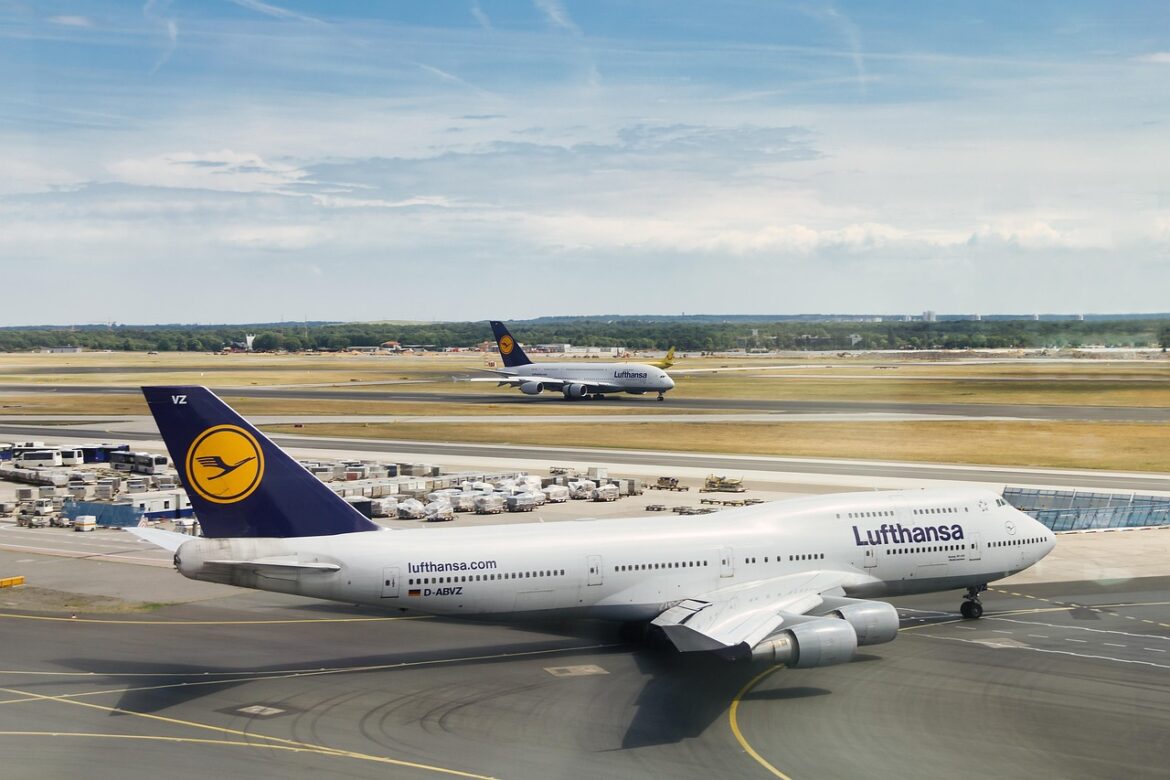Introduction To Cybersecurity In Travel
Cybersecurity can seem like a distant concern, but for travelers, it’s becoming increasingly important. With the rise of AI and digital systems in the travel industry, there are both benefits and risks. Here’s a look at some recent cybersecurity threats and how they’re impacting travel today.
A Changing Landscape
Travel and cybersecurity have become entwined more than ever. As airports and airlines adopt more technology, they attract more cyber threats. This trend is not just about theory; it involves real incidents that affect travelers firsthand.
1. Recent Cyberattacks on Airports
In March 2025, a major U.S. airport suffered a Distributed Denial-of-Service (DDoS) attack, disrupting flight information displays and online ticketing systems. This incident highlighted the vulnerability of critical infrastructure in the aviation sector. Although flights weren’t grounded, travelers faced confusion and delays, indicating how even non-destructive attacks can cause significant disruptions.
2. Public Chargers and Wi-Fi Risks
The U.S. Transportation Security Administration (TSA) has issued a warning about the dangers of public USB charging stations and unsecured Wi-Fi networks. These seem like harmless conveniences, but they can expose travelers to serious cybersecurity threats, such as malware and data theft. This is a wake-up call for travelers to be cautious when connecting to public networks or using public charging points.
3. WestJet Cybersecurity Incident
Canadian airline WestJet recently faced a cybersecurity incident affecting its website and mobile app. The breach didn’t impact flight operations but caused service interruptions and errors. This incident underscores the importance of robust cybersecurity measures in the airline industry.
4. Flight Data Privacy Concerns
A surprising revelation is that some U.S. airlines have been quietly selling flight data to the Department of Homeland Security (DHS). This raises concerns about data privacy and how travel information is being used. While the primary purpose is investigative, it highlights the need for transparency in data handling practices.
5. Emerging Solutions In Aviation
To combat these threats, the aviation industry is shifting towards more advanced cybersecurity strategies. This includes using real-time monitoring, digital twins, and zero-trust architecture to enhance security. These technologies help detect threats early and prevent significant breaches by ensuring that systems are monitored and secure at all times.
Moving Forward Safely
As the travel industry becomes more digitally reliant, adapting to these changes is crucial. Travelers can protect themselves by being aware of potential risks like unsecured Wi-Fi and using secure means to access sensitive information while traveling. Meanwhile, airlines and airports are investing in cutting-edge cybersecurity measures to safeguard their operations and protect travelers’ data.
References:
- https://www.webasha.com/blog/what-did-the-airport-cyberattack-reveal-lessons-threats-and-expert-opinions-explained
- https://www.cybersecurityintelligence.com/blog/maritime-cyber-security-is-too-weak-8482.html
- https://www.phocuswire.com/mary-meeker-ai-trends-report-2025-7-travel-industry-takeaways
- https://www.travelandtourworld.com/news/article/tsa-issues-new-travel-alert-for-us-vacationers-this-summer-as-hackers-target-public-chargers-and-wi-fi/
- https://www.malwarebytes.com/blog/news/2025/06/us-airline-industry-quietly-selling-flight-data-to-dhs
- https://www.blackarrowcyber.com/blog
- https://airlinegeeks.com/2025/06/18/westjet-hit-by-cyberattack/
- https://www.compliancehub.wiki/cybersecurity-baseline-self-assessment-a-comprehensive-framework-approach/



